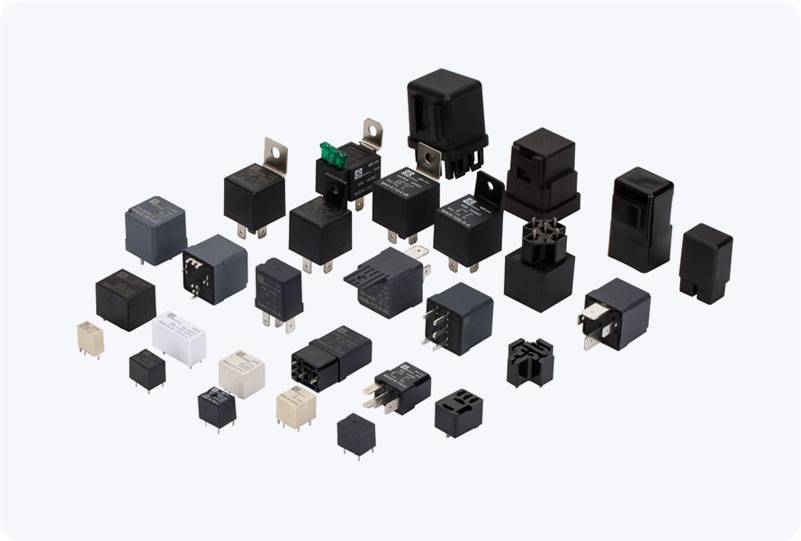understanding automation relay: a critical component in industrial control systems
Release time:2025-05-21 04:34:13
Automation Relay plays an indispensable role in the automation industry, acting as a key element in electrical control systems. It enables the seamless operation of machines, equipment, and various industrial processes, serving as a vital interface between low-voltage control signals and high-voltage output actions. These relays are used to switch electrical circuits, monitor parameters like voltage, current, and temperature, and automate tasks, ensuring efficiency, safety, and reliability in industrial environments.

What is an Automation Relay?
An automation relay is essentially an electrically operated switch that uses a control signal to activate or deactivate a circuit. When a small control current is applied to the coil of the relay, it generates a magnetic field that moves the contacts inside the relay, opening or closing an electrical circuit. This allows for the automation of systems by controlling high-power devices with low-power signals, a feature crucial for modern industrial systems.
The main function of an automation relay is to control electrical equipment through an automated or semi-automated process. The relay acts as an intermediary that responds to input from a programmable logic controller (PLC), sensors, or manual controls, to ensure that systems operate correctly and safely.

